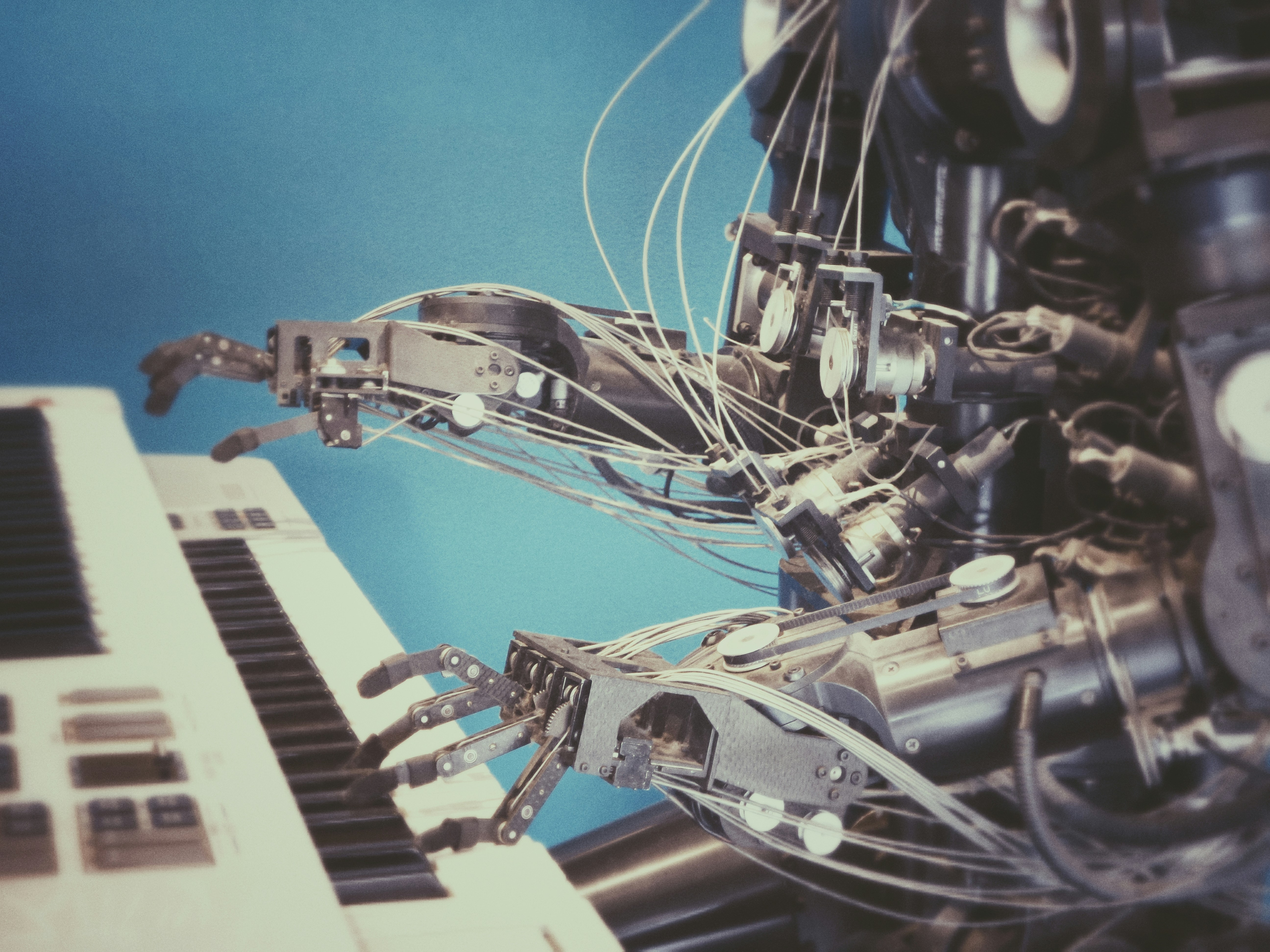AI agents completing full workflows
Jul 9, 2025
AI Agents Completing Full Workflows: The 2025 Revolution in Autonomous Automation
AI agents are changing how businesses handle complex, multi-step workflows. Traditional automation only worked with simple, rule-based tasks. But AI agents can see, think, act, and learn to complete entire processes with little human help. By 2025, 79% of organizations are already using AI agents, and 66% say they've seen real productivity improvements.
This guide covers how AI agents handle full workflows, what makes them work, real examples from businesses, and the problems companies face when adopting them. We'll also look at trending search terms like "agentic workflows," "multi-agent collaboration," and "autonomous task completion," which have jumped by over 200% in 2025.
What Are AI Agentic Workflows?
AI agentic workflows are complete automated processes where smart agents handle tasks from start to finish, including:
Making decisions (like approving loan applications)
Adjusting on the fly (like rerouting shipments when there are delays)
Getting better over time (like improving customer support responses)
Key Differences from Traditional Automation
Feature | Traditional Automation | AI Agentic Workflows |
|---|---|---|
Flexibility | Rigid, follows rules | Adapts to new situations |
Learning | Same logic always | Gets better with practice |
Scope | Single tasks | Complete workflows |
Human Role | Needs manual watching | Works on its own |
Source: McKinsey 2025 AI Adoption Report
How AI Agents Complete Full Workflows
AI agents follow a clear cycle to handle workflows on their own:
1. Perception & Input Processing
Agents collect data from:
APIs (like CRM and ERP systems)
Sensors (IoT devices in factories)
Unstructured inputs (emails, voice commands)
Example: A customer service AI reads a support ticket's text, sees how urgent it is, and checks the user's history before taking action.
2. Decision-Making & Planning
Using large language models and reinforcement learning, agents:
Break big tasks into smaller ones (like "Process refund → Update inventory → Tell customer")
Compare different options (like a utility-based agent picking the marketing strategy with the best ROI)
3. Action Execution
Agents work with tools through:
APIs (like processing payments through Stripe)
RPA bots (like filling out forms automatically)
Multi-agent teamwork (like a shipping agent rerouting packages while a warehouse agent updates inventory)
4. Learning & Optimization
Through feedback loops, agents get better at their jobs. For example:
A sales AI tracks which email templates get the most responses and adjusts future campaigns.
Types of AI Agents for Workflow Automation
AI agents come in different levels of complexity, with seven main types used in 2025:
1. Simple Reflex Agents
Use Case: Basic ticket sorting (like tagging "urgent" support requests)
Limitation: No memory; can't handle complex workflows
2. Model-Based Reflex Agents
Use Case: Fraud detection (looks at transaction patterns plus past data)
Example: Banks use these to flag suspicious activity in real time
3. Goal-Based Agents
Use Case: Supply chain optimization (plans routes to cut costs)
Tools: Uses weather APIs, traffic data, and inventory systems
4. Learning Agents
Use Case: Personalized marketing (adjusts ad spending based on conversion data)
Trend: "Reinforcement learning agents" are growing fast in advertising
5. Multi-Agent Systems (MAS)
Use Case: Loan underwriting (teams of agents handle risk analysis, document checks, and compliance)
2025 Growth: "Agent collaboration platforms" like CrewAI and LangChain are up 300% in adoption
Real-World Applications (2025 Case Studies)
1. Finance: Autonomous Loan Processing
Workflow:
A "relationship manager" agent collects borrower documents
A "risk analyst" agent checks creditworthiness
A "compliance checker" agent makes sure everything follows regulations
Result: Loan approval time dropped from 5 days to 1 hour
2. Healthcare: AI-Driven Patient Triage
Agents Used:
NLP agent understands symptoms from patient chats
Scheduling agent books appointments based on how urgent they are
Outcome: 40% faster ER prioritization
3. E-Commerce: Dynamic Pricing & Inventory
Agents Involved:
A pricing agent changes costs using competitor data
A supply chain agent predicts when demand will spike
Impact: 30% higher profit margins for retailers
Top Challenges in Implementing AI Agents
Despite their potential, businesses face obstacles:
1. Data Bias & Ethical Risks
AI hiring tools trained on biased data might discriminate
Solution: Use diverse datasets plus human-in-the-loop checks
2. Integration Complexity
Old systems often don't have APIs for agent connections
Trend: "Low-code agent platforms" like Microsoft Copilot Studio make deployment easier
3. Infinite Loops & Errors
Agents might get stuck doing the same thing over and over (like a chatbot repeating the same response)
Fix: Use "circuit-breaker" protocols to stop faulty workflows
4. High Computational Costs
Running multi-agent systems needs a lot of cloud resources
2025 Shift: "Smaller, specialized agents" like GPT-4o Mini cut costs
The Future of AI Agentic Workflows
By 2026, expect:
AI Orchestrators: Super-agents managing teams of sub-agents (like IBM's watsonx.ai)
Self-Healing Workflows: Agents that find and fix errors on their own (like GitHub's AI-powered CI/CD)
XR Integration: AI agents in AR/VR workspaces (like Microsoft's Copilot in HoloLens)
Key Takeaway: AI agents aren't replacing humans—they're boosting productivity. Companies that adopt them will lead in speed, accuracy, and innovation.







